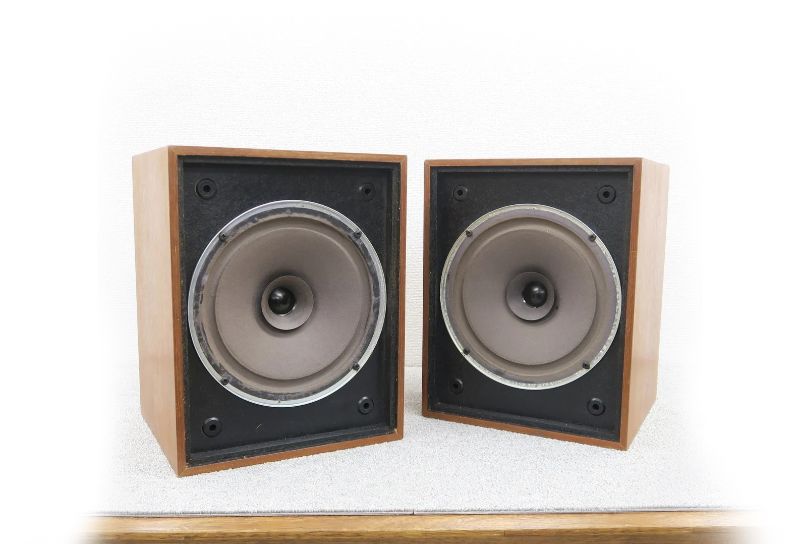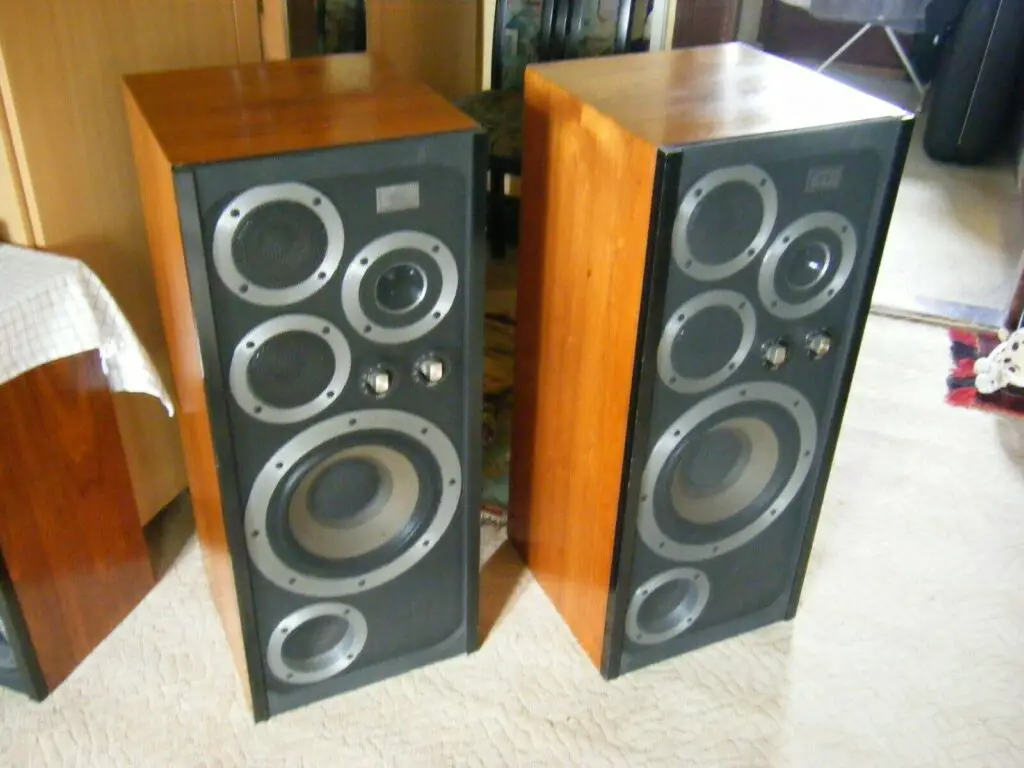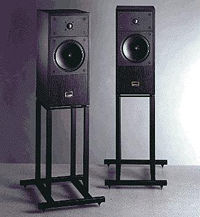The original Spendor SA1 loudspeaker was released soon before the BBC LS3/5a in the early 1970s, and many people thought it sounded better than its more popular competitor. The SA1 you see here, on the other hand, is a distant cousin that has evolved much since then. Only the dimensions (305x165x190mm) and the usage of an infinite baffle cabinet design are similar, which are coincidentally the same as the LS3/5a but turned ninety degrees. This, the final model in the SA1 line, was released in the UK in 2009 for £1,100 and was widely available in a Zebrano finish.
The choice of an infinite baffle, according to Philip Swift of Spendor, was partially to maintain timing purity, but also to make it more usable as a little box – you could, for example, shove it right up against a back wall. It featured a new 150mm Spendor mid/bass unit with a magnesium alloy chassis, a sophisticated surround with huge excursion motor system, and the company’s preferred ep38 polymer cone material. A network of high-grade passive components and gold-plated conductors spanned across the matching 22mm wide-surround tweeter at 4.8kHz. Internal cables were single connected to WBT binding posts and were silver-plated copper with halogen-free dielectric.
The SA1 maintained Spendor’s thin-wall damped panel design in terms of structure, with the premise that big, bulky cabinet walls store energy and muddy the sound. The cabinets were tightly braced and built with three different panel thicknesses, reducing the cumulative influence of their different resonance frequencies. As a result, the 5.4kg cabinet has an odd feel to it; instead of a long-decaying ‘thunk,’ it seems more like a brief, abrupt ‘click’ when you hit it with your knuckles. Zebrano high gloss, classic jet black piano lacquer, and a rich deep brown satin wenge were among the veneers and lacquers available for the cabinet. For £400, matching 600m high platforms constructed of light wood (4.1kg) with matching veneer inlay were offered.
With a claimed sensitivity of 85dB (1W at 1 meter), you’ll need a powerful amplifier to get the most out of this baby box — at least 60W RMS per channel is recommended, so valve amplifier users should look elsewhere. The Spendor SA1 is a tremendously pleasurable sound when properly aspirated and pressed against a back wall. These loudspeakers will never have strong bass because they are small sealed boxes, and one of their defining traits, along with speed, is their lightness in the lowest frequencies. The sound of these small Spendors is enticingly sharp, and it’s perfectly integrated throughout the frequency spectrum. This means that the bass, mid, and treble all come to a complete halt and start at the same time.
Despite sounding warm and smooth tonally, the SA1 produces a lot of detail that is all extremely nicely synced. It has a light but taut and fluid bottom, as well as a delicate midband that provides excellent rhythmic understanding. Treble is incredibly refined and smooth, yet it still manages to convey a lot of mood. The space surrounding instruments is superb, with the speakers melting into the room and sending out a vast stereo soundfield left to right, which is far better than expected from such a little box.
No one could seriously advocate a relatively small box with obviously limited low frequencies and a voracious appetite for power as a universal panacea for anyone searching for a £1,100 speaker – but if you’re looking for a sprightly, sharp, and rapid representation of the music, this performs a fantastic job. It’s ideal if room is limited, but even if it isn’t, it’s a superb loudspeaker. It was, in my opinion, one of the best mini-monitors created until the release of the slightly more expensive £1,795 Spendor D1 in 2014 – and light years ahead of any iteration of the LS3/5a.








